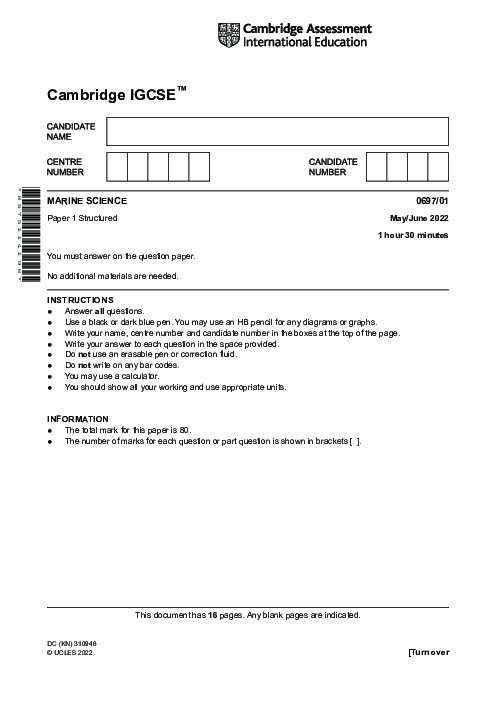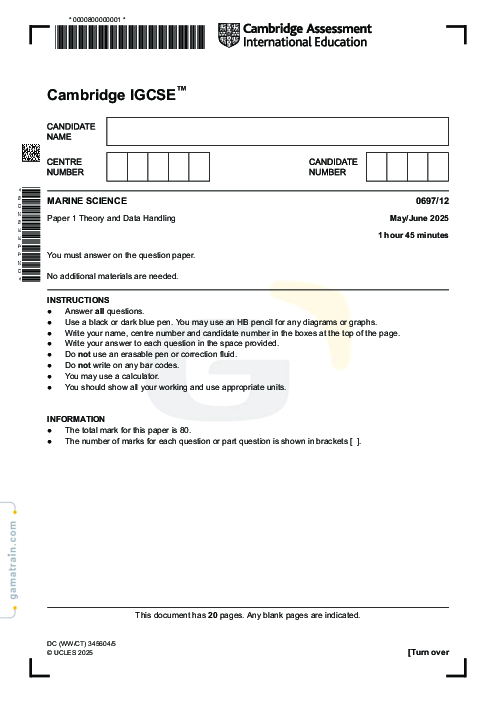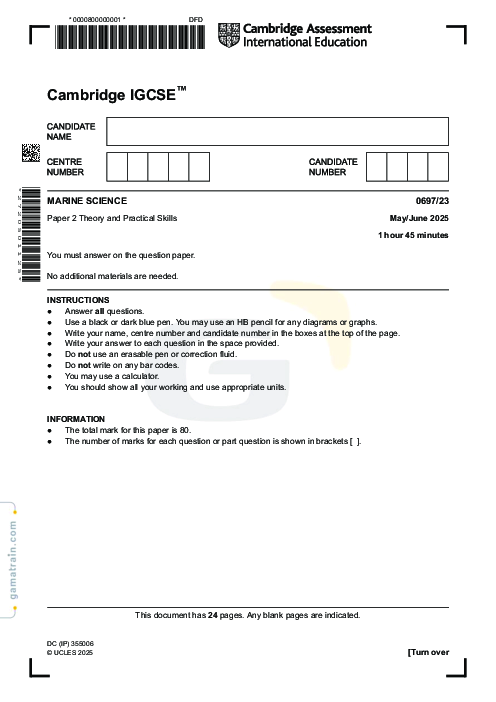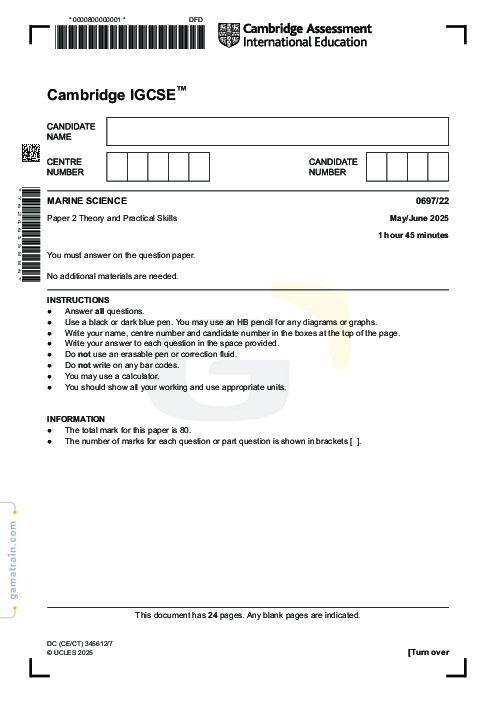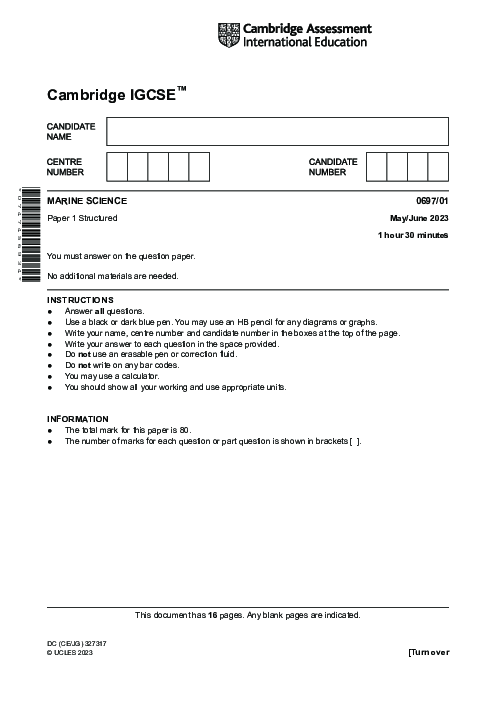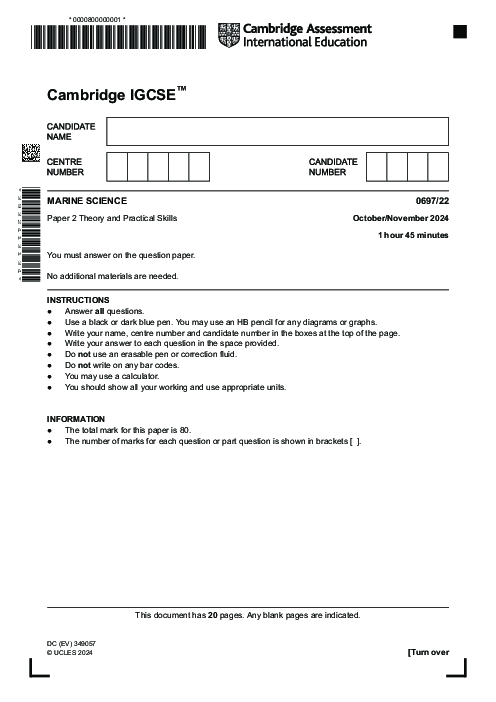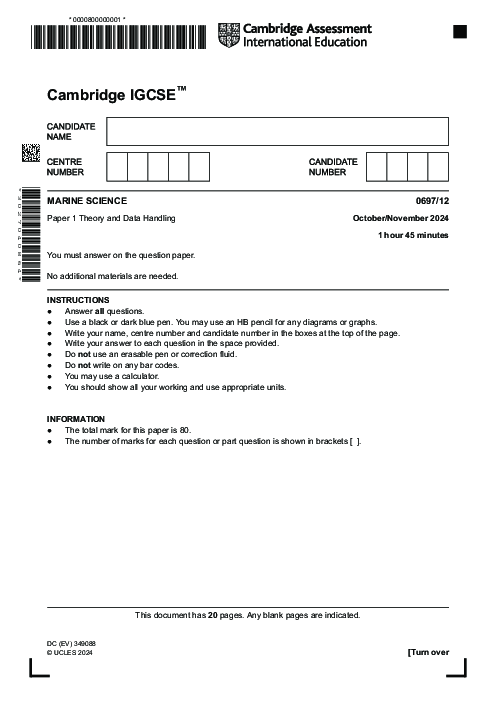What is the role of marine bacteria and archaea in nutrient cycling and their impact on global biogeochemical cycles?
پاسخ ها: {{ repliesNum }}
پاسخ انتخاب شده
در پاسخ به: {{ reply.reply_to.name }}
در پاسخ به
این پیام حذف شده است.

